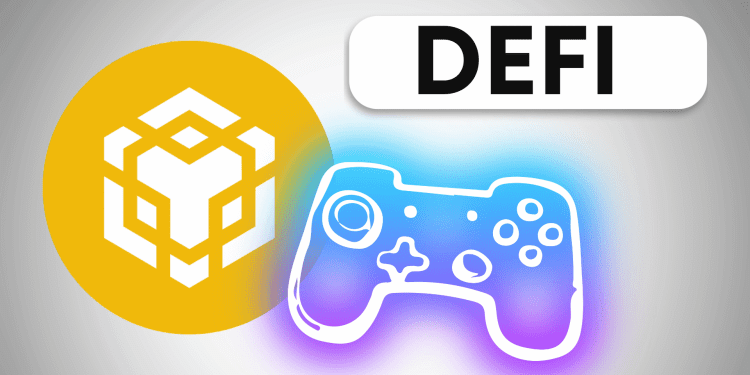- BNB Chain has plans to optimize performance, target key DApps, and increase validators in 2024 to drive blockchain mass adoption.
- Solutions like opBNB and One BNB will enhance scaling and unify BNB Chain’s tech stack for seamless on-chain experiences.
- Infrastructure upgrades to Greenfield will improve efficiency. BNB Chain will target DeFi, gaming, AI, and social platforms as catalysts for mainstream adoption.
BNB Chain, the community-driven blockchain ecosystem, has outlined its plans to optimize performance, target key decentralized applications (DApps), and increase active validators in 2024 to drive mass adoption of blockchain technology.
Scaling Solutions to be Enhanced
The Optimism-based layer-2 scaling solution opBNB will evolve into opBNB Connect to support high-frequency DApps in building their L2 blockchains. OpBNB gas fees will be reduced by up to 10x.
BNB Chain will also introduce the One BNB concept to seamlessly link the layer-1 BNB Smart Chain (BSC), opBNB, and Greenfield into a unified tech stack. This will aid the shift of applications to fully on-chain Web3 frameworks.
Infrastructure Upgrades to Improve Efficiency
In 2024, Greenfield will be upgraded by introducing Greenfield Executable to enhance data processing efficiency and reduce costs. Middleware infrastructure will also be enhanced to meet data processing demands effectively.
BNB Chain will launch BNB Greenfield 2.0, improving storage performance, introducing new developer features, and establishing specialized data infrastructure for AI, gaming, and social platforms.
Targeting Key DApps for Mass Adoption
To drive mass adoption, BNB Chain will target DeFi, gaming, AI, and social platforms which have potential as catalysts for mainstream blockchain adoption.
The network also plans to increase active validators from 40 to 100 and merge the Beacon Chain to enhance efficiency and decentralization.
Conclusion
With a focus on enhancing performance, targeting strategic DApps, and upgrading infrastructure, BNB Chain aims to make blockchain technology accessible to the masses in 2024. Its roadmap centers on driving real-world adoption through improvements across scalability, efficiency, and decentralization.














